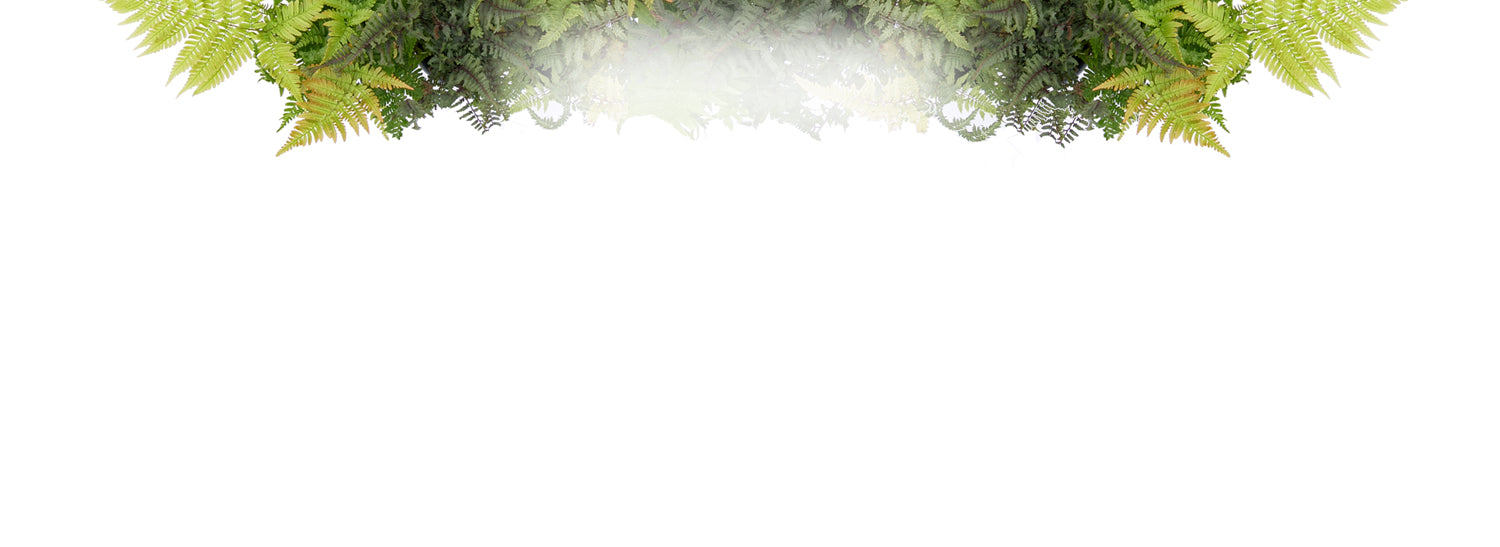Description
Plant spacing is based on the ultimate width of the plants. This figure is normally given as a range; for example, 3-5’. If you live in a cold climate and/or want plants to fill in more quickly, plan to space at the shorter end of the range. If you live in a warm climate, are on a limited budget, or are willing to wait longer for plants to touch, use the higher end of the range. Using the larger number is recommended when calculating distance from a building or structure. There’s really no such thing as "maximum spacing": if you don’t want your plants to touch, you can space them as far apart as you’d like. All plant spacing is calculated on center, or in other words, the centers of the plants are spaced one half of their eventual width apart:

Unless you are planting in a straight line, as you might for hedges or edging, space your plants in a staggered or zig-zag pattern for a more interesting and naturalistic look:

Hand-picked at our greenhouse
Shipped to your door
Arrives as young plant

Introducing the first cascading type of hydrangea in North America: cascade hydrangea (Hydrangea x). The cascading habit and trailing stems are adorned with delicate white, pink, or blue florets, creating a charming display in mixed garden beds, containers, and hanging baskets. Here, we’ll explain how to grow and care for cascade hydrangeas, as well as answer frequently asked questions about this new garden favorite.
Good packaging. Plants full and dark green without one yelloe leaf. Thanks, GGP’s!
Just received my hydrangeas and they came packaged really well and very healthy looking
When I ordered the cascade hydrangea I had thought about having this in a large pot but instead I planned in my garden. It's growing nicely and is very healthy like everything I've bought from this company. Im never disappointed with this company.
Gorgeous


